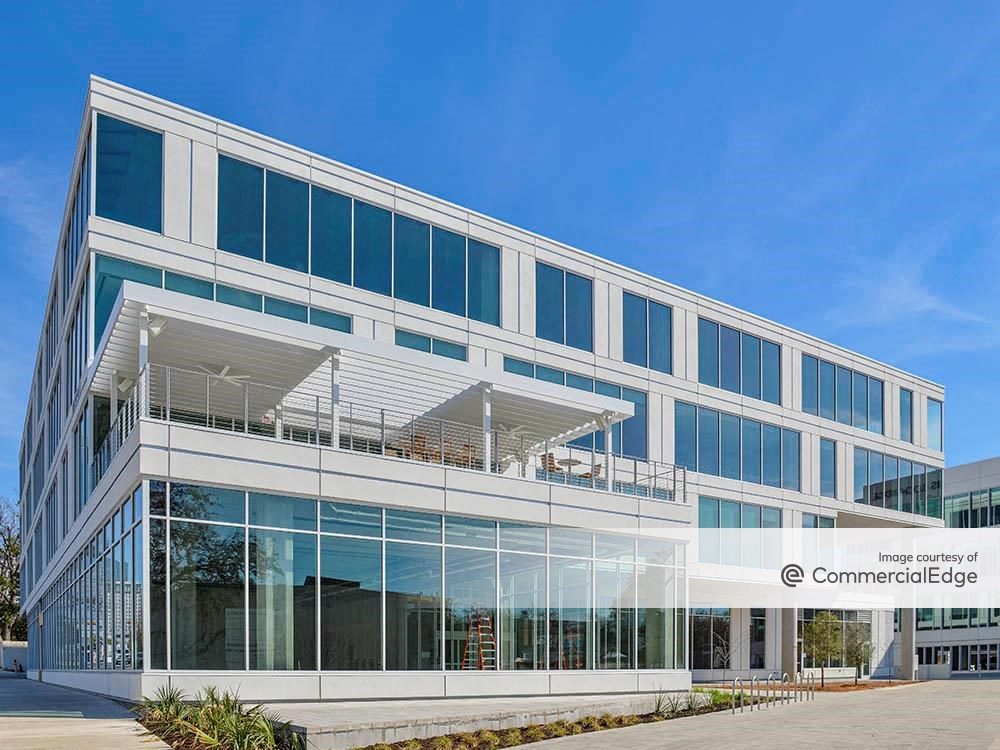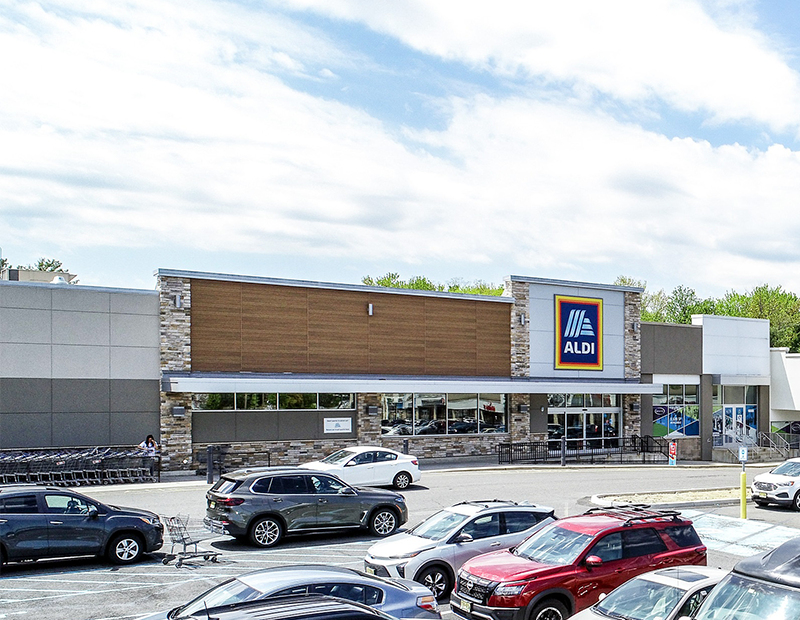Economy Watch: Restaurant Expansion = Good News for Restaurant Landlords
The restaurant industry continued its expansion in January, indicating absorption of restaurant space and the construction of new locations.
By Dees Stribling, Contributing Editor
The restaurant industry continued its expansion in January, according to the National Restaurant Association, which — if the trend continues — counts as a good indicator for the absorption of restaurant space and the construction of new locations. Buoyed by higher same-store sales and traffic, along with a positive outlook among operators, the NRA’s Restaurant Performance Index remained high in January. The index, which is a monthly composite that tracks the health of the U.S. restaurant industry, came in at 102.7 in January, marking the fourth time in a row above 102, and 23rd consecutive month above 100. In the case of this index, more than 100 means expansion.
Most restaurant operators reported higher same-store sales in January, which has been the case each month for nearly a year now. Seventy percent of operators reported a same-store sales gain in January compared with a year earlier, while only 17 percent suffered a same-store sales decline over the same period. More to the point for restaurant landlords, the NRA also reported that restaurant operators continue to make capital expenditures. Fifty-one percent of operators said they made a capital expenditure for equipment, expansion or remodeling during the last three months, the fourth consecutive month in which a majority of operators reported capital spending.
Of course, some restaurant brands are expanding faster than others, even when the whole industry’s in an expansion mode. Among fast- and fast-casual joints, for instance, the fastest growing chains, according to Forbes last summer, are Chick-fil-A, Krispy Kreme (on the march again after too much expansion in the 2000s), and McDonald’s — which despite its recent difficulties is, after all, still McDonald’s. Other top growers in the market are Panera Bread, Jason’s Deli, and Chipotle. The real growth going forward’s likely to be in the fast-casual sector, including the likes of Chipotle and Panera but also many smaller chains hoping to expand regionally or go national.
The best growth markets for restaurants are mainly in the western United States. The association’s 2015 Restaurant Industry Forecast, which was published in January, predicted that Arizona and Florida are projected to post 4.9 percent sales increases this year compared with last. Despite the fall in energy prices, North Dakota and Texas followed at 4.8 percent; Colorado at 4.3 percent; and California and Utah at 3.9 percent.
Also of note in the restaurant business: Food-service employment has growth twice as fast as overall payrolls since the recession ended, according to Bureau of Labor Statistics data. More recently, restaurant wages grew at an annualized rate of more than 3 percent in the second half of 2014, up from below a 1.5 percent in the first half of 2013. Private-sector wages overall have grown only about a 2 percent over past five years. Employment and wages are an indirect measurements restaurant health and thus space usage, but still a healthy good one.






